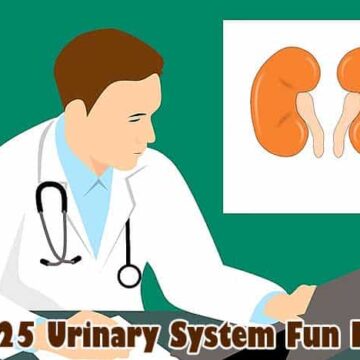Top 25 Endocrine System Fun Facts
The endocrine system has different types of glands that secrete hormones that control the entire body. Explore the top 25 endocrine system fun facts here.
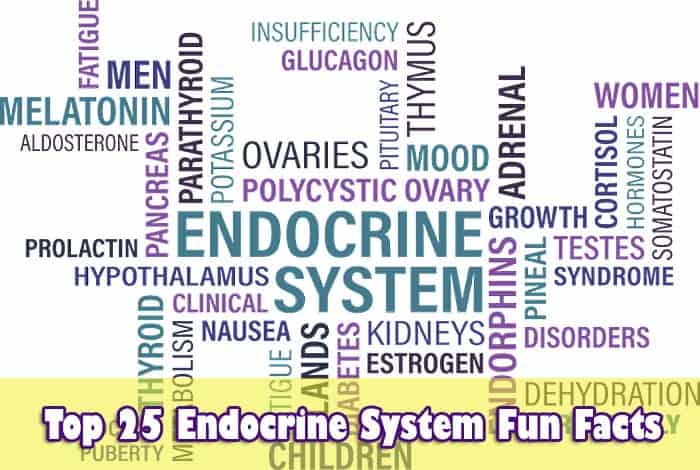
Endocrine System Fun Facts: The human body is a functional unit that comprises different subunits or systems without which it is incomplete. One such system is the endocrine system. It controls and coordinates all the other operations of the body by secreting certain chemical messengers.
The endocrine system has different types of glands that secrete small molecule chemicals responsible for controlling the various functions of the human body.
In this page, the top 25 interesting fun facts of the endocrine system are explored.
Top 25 Endocrine System Fun Facts
Chemical messengers secreted by endocrine glands are called hormones.
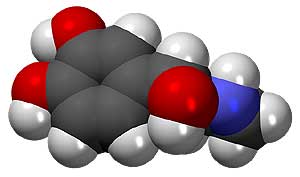
- Hormones are small molecules secreted by endocrine glands in different body parts.
- Every hormone secreted by endocrine glands performs a specific function in the human body.
- Hormones are carried to different target organs using the bloodstream. Target receptors in the destination carry out a series of reactions that perform a particular function.
![]()
Endocrine glands release their substances and messengers directly into the bloodstream.
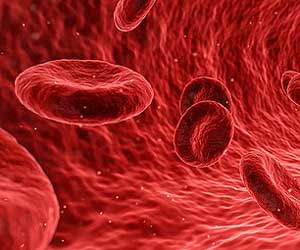
- These are ductless glands that release their contents into the intracellular fluid or into the blood.
- The endocrine glands are of different types, such as the anterior and posterior lobes of the pituitary gland, thyroid, parathyroid, adrenal cortex, medulla, pancreas, and gonads.
- The endocrine system comprises all the endocrine glands and their hormones and excludes the exocrine glands.
![]()
The pituitary gland is found attached to the hypothalamus of the lower part of the forebrain.
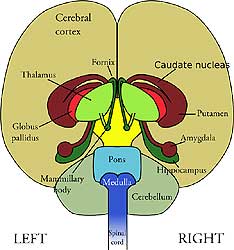
- The hypothalamus is found just below the brain stem, and this is the location of the pituitary gland that is attached to it by a structure known as the infundibulum.
- It is made up of two parts: the anterior pituitary or the adenohypophysis and the posterior pituitary or the neurohypophysis.
- It is also known as the master gland because it controls most of the bodily functions.
![]()
Every chemical messenger or hormone has a specific receptor or target at the destination site.
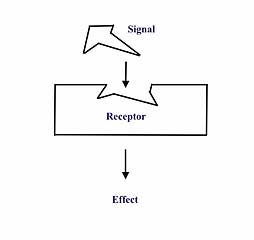
- Hormones are paired with a type or types of target cells, where the hormone’s action is executed in the form of a function.
- Each target cell has a target molecule or a docking molecule, also known as a hormone receptor.
- The interaction between a hormone and its receptor and the target site initiates a series of reactions that eventually modify a cell’s functions.
![]()
There are different kinds of hormone groups that differ in their chemical composition and functions.
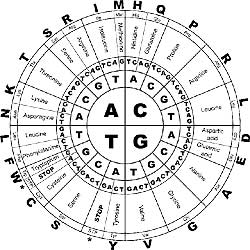
- The different classes of hormones include steroid hormones, amino acid derivatives, polypeptides, and proteins.
- They differ not only in their structure but also in their target receptor, function, and action pathway.
- They are synthesized in their respective glands from precursor molecules. Polypeptide hormones cannot enter the cell and therefore interact with target receptors found on the cell surface.
![]()
Many bodily functions are controlled by more than one hormone.
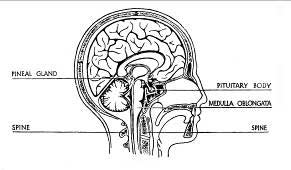
- The regulation of body functions and organ systems are sometimes controlled by more than one hormone.
- The hypothalamus produces and releases releasing hormones into the bloodstream, which travel to the pituitary.
- The pituitary, in turn, releases its own hormones into the bloodstream that perform targeted actions at other target sites.
![]()
Regular feedback provided by target glands or organs back to the hypothalamus and the pituitary helps to regulate and control the release of hormones.
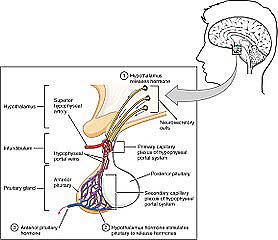
- The amount and duration of hormone released to act on a particular gland are regulated by a feedback loop involving the gland.
- When levels of a particular hormone have reached a predetermined level, the pituitary and the hypothalamus turn off the pathway and stop the release of the hormone cascade.
- Sometimes, the pituitary gland acts negatively on the hypothalamus to cease hormone release.
![]()
There are different kinds of hormones based on structure and function.
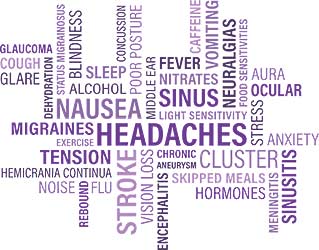
- Hormones are chemical substances released by glands that serve a particular purpose.
- They act as communication between cells, glands, and organs, traveling via the bloodstream.
- Hormones are fundamental in the maintenance of homeostasis, regulation of bodily processes, and reproduction and development.
![]()
The hypothalamus produces two different classes of hormones.
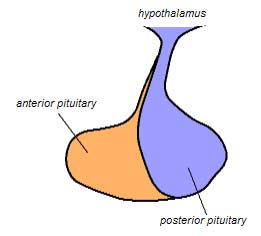
- There are two types of hypothalamic hormones: releasing and inhibiting.
- The releasing hormones act on the pituitary gland and stimulate the secretion of pituitary hormones. For example, the gonadotropin-releasing hormone is a releasing hormone that stimulates the release of gonadotropins.
- The inhibiting hormones act on the pituitary gland and inhibit the secretion of hormones from the pituitary. For example, somatostatin-released from the hypothalamus inhibits the pituitary gland from releasing the growth hormone.
![]()
The anterior and posterior pituitaries produce different hormones.
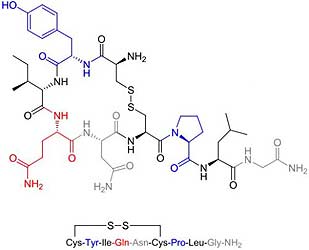
- The anterior pituitary is comprised of two parts: the pars distalis and the pars intermedia. The pars distalis region produces a set of hormones, including growth hormone, prolactin, stimulating thyroid hormone, adrenocorticotrophic hormone, luteinizing hormone, and stimulating follicle hormone.
- Pars intermedia in the anterior pituitary releases only the melanocyte-stimulating hormone.
- The neurohypophysis or the pars nervosa in the posterior pituitary is responsible for storing and releasing two hormones: oxytocin and vasopressin.
![]()
The regulation and control of the body is a joint effort by the hormonal and the nervous systems.
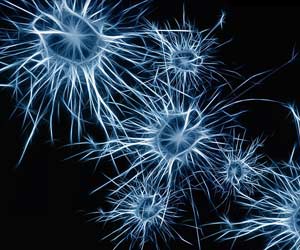
- The release of neurotransmitters from the end of neurons act within milliseconds on the target organ or muscle to produce a response. The effect of neurotransmitters is relatively short-lived.
- Hormones, on the other hand, take longer to produce an effect on the gland or organ of the target, and their action lasts longer.
- The action of hormones usually lasts until a feedback loop operates to cease hormone release.
![]()
The sleep cycle of the human body is controlled by a hormone secreted by the Pineal Gland.
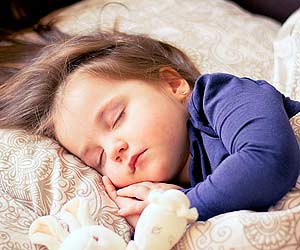
- The Pineal gland is located in the forebrain in the dorsal region.
- Its primary function is to release a hormone known as melatonin that regulates the 24-hour or diurnal cycle of the human body.
- It controls the body temperature and the sleep cycle and plays a role in pigmentation. In the absence of light, the Pineal gland releases melatonin as a response to activating the sleep cycle.
![]()
The Thyroid gland is a bi-lobed gland that forms an integral part of the endocrine system.
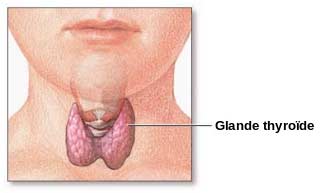
- The thyroid gland has two lobes on either side of the trachea that is connected by a thin tissue known as the isthmus.
- The gland contains two parts – the follicles and the stroma. The follicular part of the thyroid synthesizes and secretes two hormones: Tetraiodothyronine and Triiodothyronine, also known as T4 and T3, respectively.
- Iodine is a critical element for properly synthesizing thyroid hormones.
![]()
Deficiency of dietary Iodine leads to defects in thyroid hormone production.
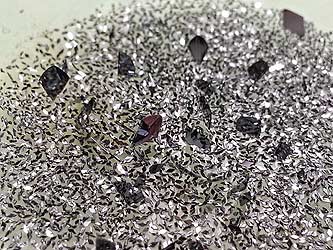
- Any alteration in the predetermined levels of Iodine obtained through diet leads to either an increase or decrease in thyroid hormone production.
- A decrease in thyroid hormone is known as hypothyroidism or an increase of thyroid hormone production known as hyperthyroidism.
- Overproduction of the thyroid hormone due to abnormal proliferation of the thyroid gland’s follicular cells can lead to thyroid cancer.
![]()
The thyroid hormones play an essential role in the regulation of the human body.
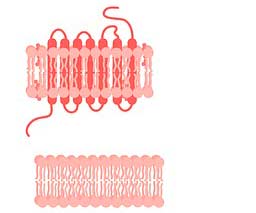
- The management of the basal metabolic rate is controlled by the action of the thyroid hormones, and control the metabolism of carbohydrates, proteins, and fats.
- They also control the process of production of the red blood cells, as well as the water and electrolyte balance.
- The thyroid gland also secretes a hormone known as thyrocalcitonin, which helps to regulate blood calcium levels in the body.
![]()
Another pair of glands known as the parathyroid is present behind the thyroid glands.
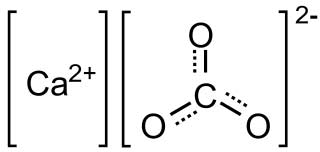
- The parathyroid glands are found in two pairs, one pair each behind each thyroid gland.
- The parathyroid gland secretes a small hormone known as the parathyroid hormone, which is regulated by the level of Calcium ions in the blood.
- It is responsible for increasing calcium ions in the blood and stimulating the process of bone resorption.
![]()
The function of the immune system is controlled by the actions of the thyroid gland.
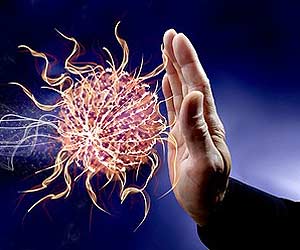
- The thymus is a structure found tucked between the lungs and behind the sternum.
- It is an important gland that is responsible for the formation and functioning of the immune system.
- The thymus secretes the hormone thymosin, which plays a role in the differentiation of the T-cells or T-lymphocytes for the proper functioning of cell-mediated immunity.
- The thymus is also responsible for the production of antibodies that are involved in humoral or B-cell mediated immunity.
![]()
Hormones can be functionally and structurally classified into four main groups.
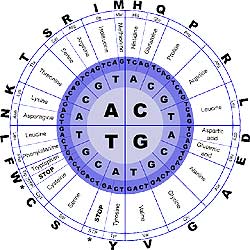
- The amino-acid derived hormones are those that are synthesized and modified from amino acids.
- The polypeptide hormones are less than 100 amino acids in length, and the protein hormones are about or above 100 amino acids in length.
- Steroid hormones are synthesized from cholesterol, and Eicosanoid hormones are those that are synthesized from lipid proteins found in the plasma membranes of cells.
![]()
The Adrenal Gland is found in pairs, one on the anterior part of each kidney.
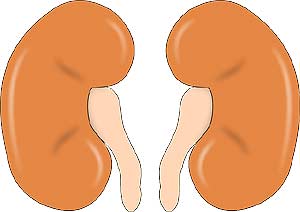
- The adrenal gland is composed of 2 parts, namely the adrena medulla and the adrenal cortex.
- The adrenal gland secretes two major hormones – adrenaline or epinephrine and noradrenaline and epinephrine.
- The adrenal gland also secretes a group of hormones known as the corticosteroids.
![]()
The hormones secreted in the adrenal gland involve different functions of the body.
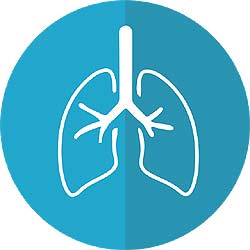
- The adrenal medulla secretes the hormones of flight and fight. They increase the state of awareness or alertness, increase the heart rate and rate of respiration. They also stimulate the metabolism of carbohydrates, lipids, and proteins.
- The adrenal cortex is made up of 3 layers or zones known as zona reticularis, zona fasciculate, and zona glomerulosa that secrete corticoids which regulate the water and electrolyte balance of the body.
![]()
The most critical glucocorticosteroid hormone in our body is cortisol which controls a variety of different functions.
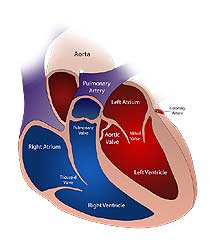
- Cortisol acts by stimulating gluconeogenesis, which is the production of glucose. It also stimulates the breakdown of fats and proteins.
- It is involved in maintaining the health of the renal and cardiovascular systems.
- It is also responsible for generating an inflammatory response and suppresses the immune system.
![]()
The main mineral corticosteroid hormone in our body is aldosterone.
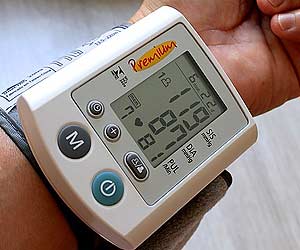
- Aldosterone is responsible for the uptake of sodium ions and water and the excretion of potassium and phosphate ions.
- It maintains the water and electrolyte balance of the body, as well as the blood pressure and blood volume.
![]()
The Pancreas is an exceptional gland in the endocrine system that acts both as an exocrine and the endocrine gland.
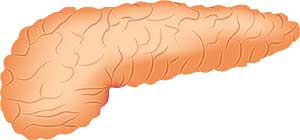
- The Pancreas is a composite gland with both endocrine and exocrine functions.
- The pancreas has cells known as the “Islets of Langerhans“, which are further categorized into Alpha-cells and Beta-cells.
- The Alpha cells secrete glucagon, and the beta cells secrete insulin.
![]()
The levels of blood glucose or blood sugar are controlled by the actions of the hormones secreted by the islet cells of the pancreas.
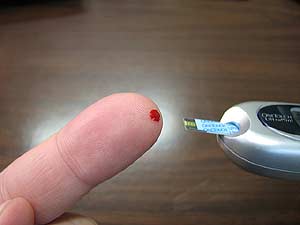
- Glucagon is a peptide hormone secreted by the alpha cells that is released when glucose or sugar levels in the blood are low. It stimulates glycogenolysis, which releases glucose into the blood.
- Insulin is a peptide hormone secreted by the beta cells, released in response to increased glucose levels in the blood. It stimulates glycogenesis, which converts glucose to glycogen and increases glucose uptake into the cells.
- A defect in insulin production by destroying the beta-islet cells leads to a prolonged state of increased glucose in the blood, or hyperglycemia that can lead to diabetes.
![]()
The reproductive glands, the testis, and the ovary are also a part of the endocrine system.

- The Leydig cells present in the testis produce hormones known as androgen, mainly testosterone.
- Testosterone is responsible for the maturation of the male accessory sex organs and physical characteristics at the onset of puberty. It is also involved in stimulating the process of spermatogenesis.
- The ovaries are the primary female sex organ that secretes steroid hormones like estrogen and progesterone. Estrogen stimulates the maturation and growth of the primary and secondary female accessory sex organs and characteristics, while progesterone is involved in the maintenance of pregnancy.
![]()
The functions of the endocrine system are varied in the human body; without it, it is impossible for the organs and organ systems to thrive. A hormone or a group of hormones controls every feature of the body.
The endocrine system is an important crucial regulatory mechanism and a collection of glands that control the human body’s essential biochemical reactions and pathways.
![]()
Cite this page
Bio Explorer. (2026, January 4). Top 25 Endocrine System Fun Facts. https://www.bioexplorer.net/endocrine-system-fun-facts.html/




